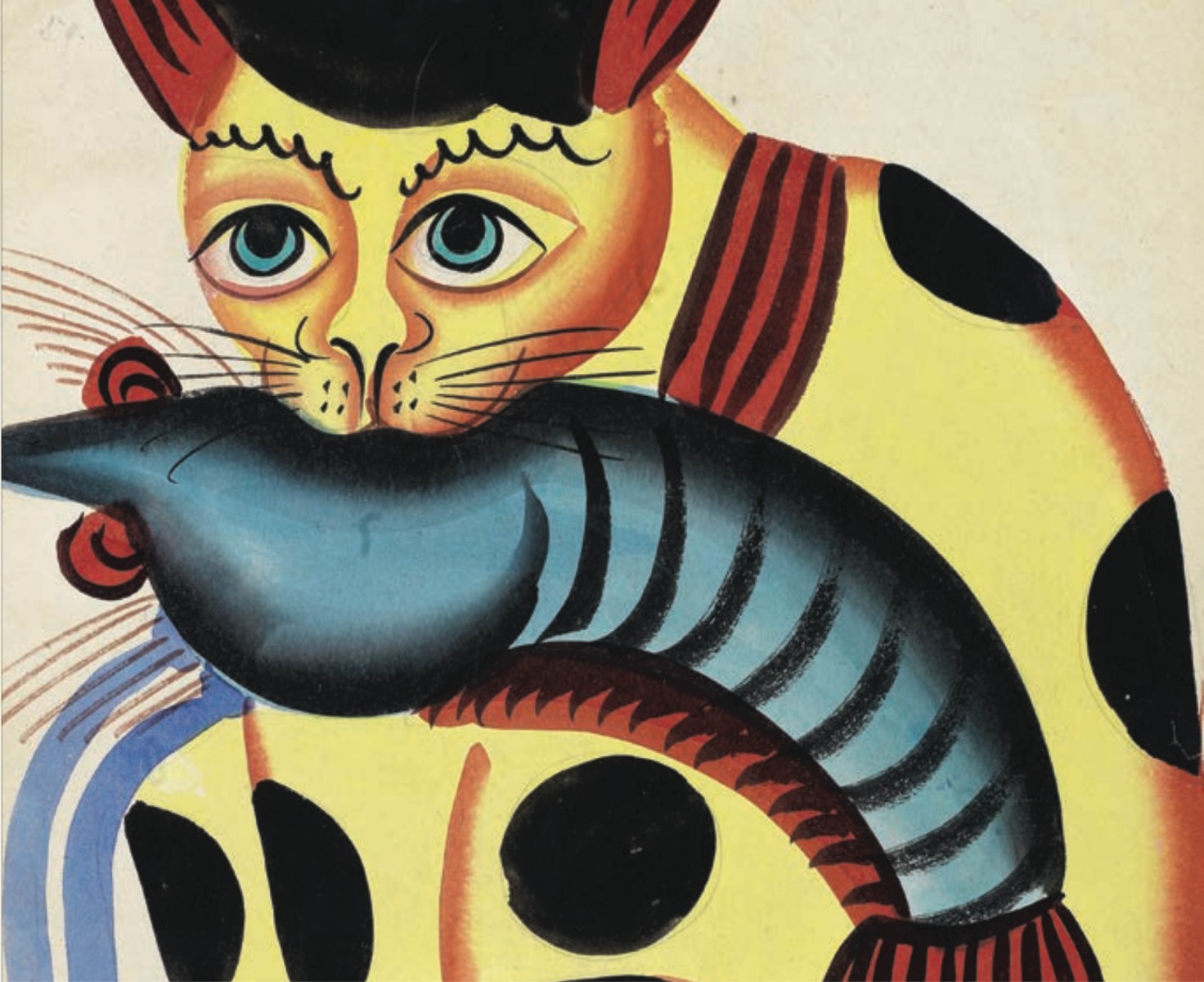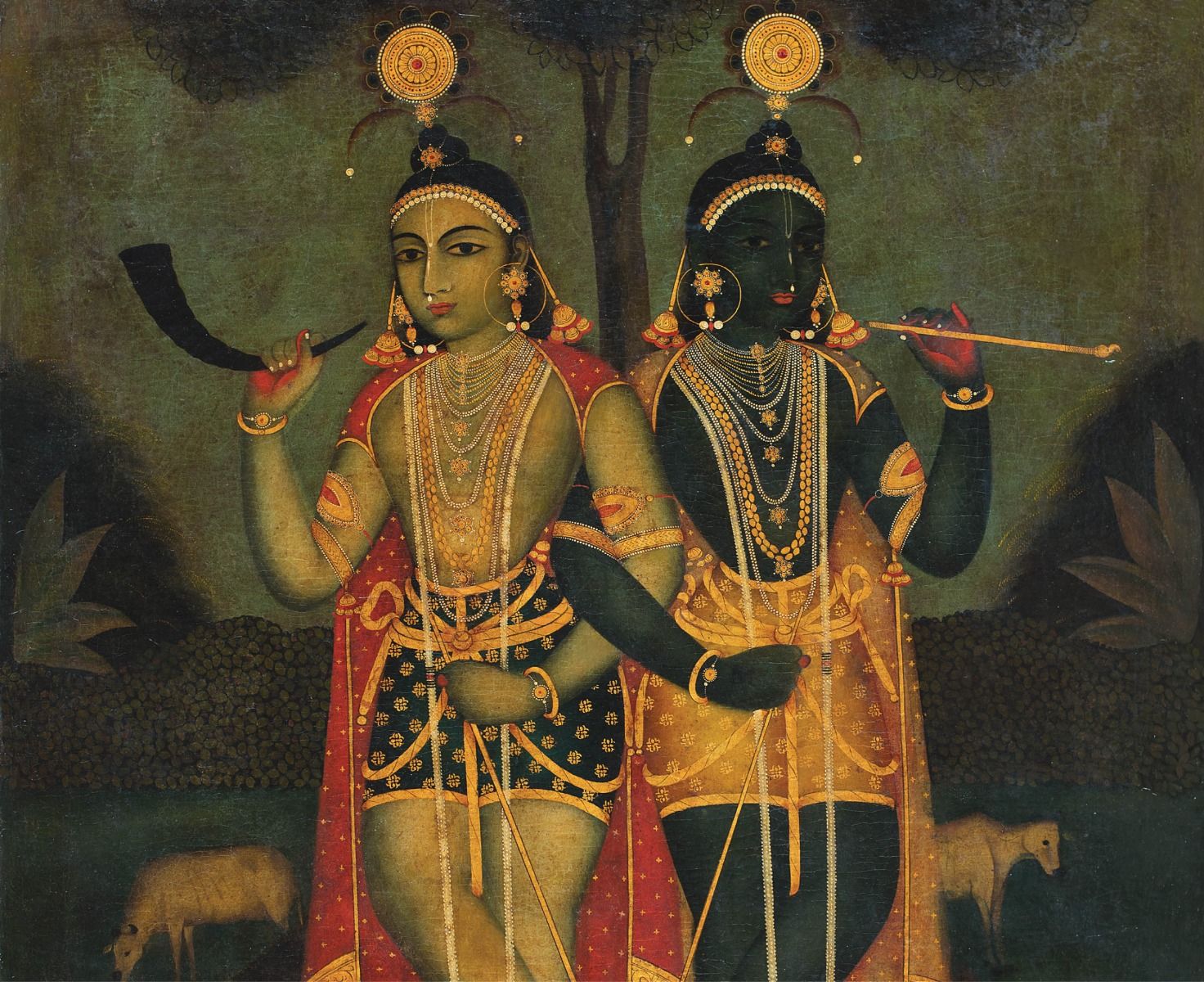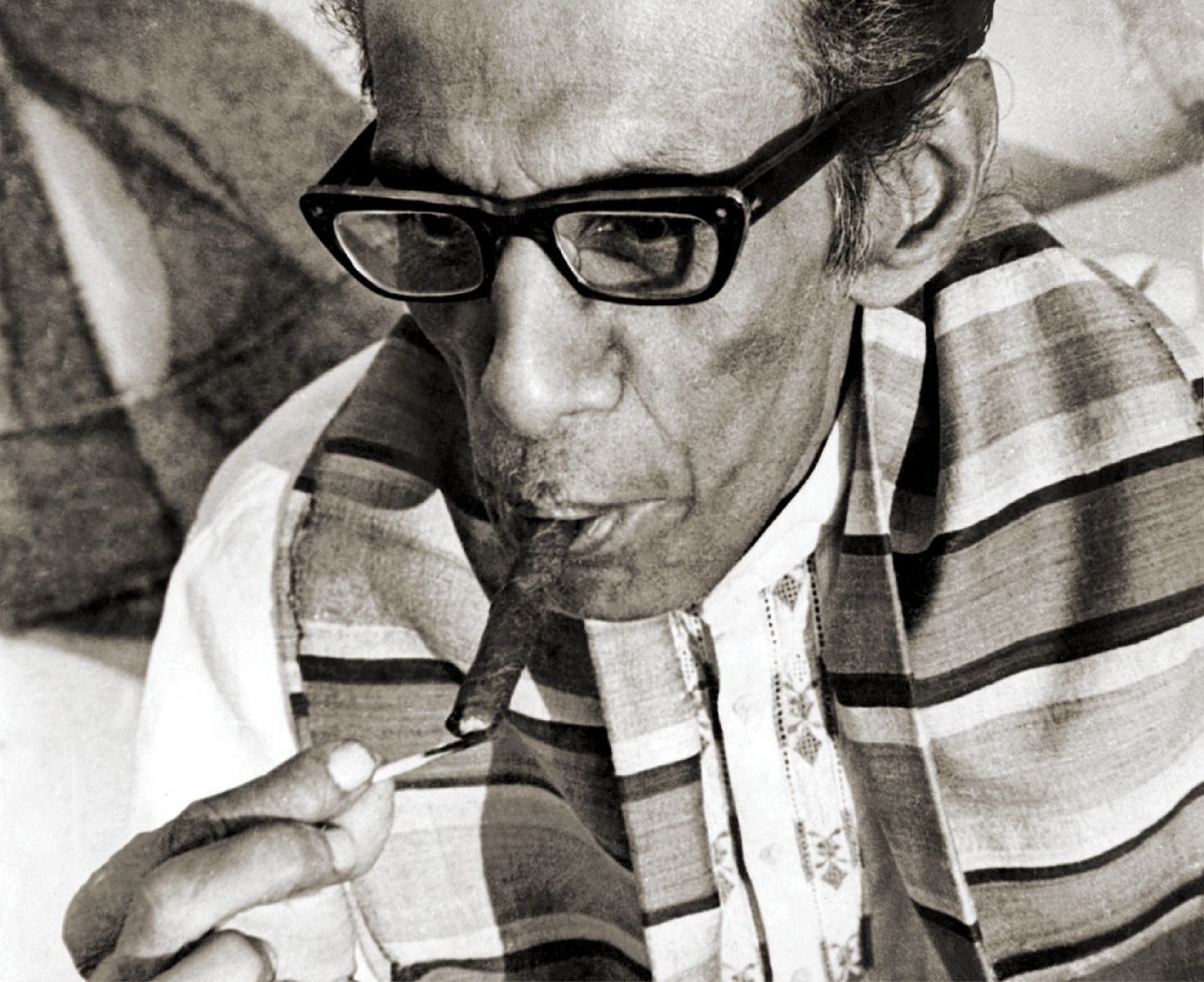Kalighat Pats
Kalighat Pats
Kalighat Pats
|
- 19th century Kalighat Pats |

‘These drawings from Kalighat patuas would possess a peculiar interest and if they would be hung up in any place amongst ten other pictures, they would outshine the others not only for their different characterisation but for their wonderful colour-effects and contours as well... Thus the pictures had a wonderful mass appeal and mass appreciation’
W. G. ARCHER
artworks
dag exhibitions
|
The ‘Manifestations’ series of 20th Century Indian Art, Editions VIII, X, XI |
|
DAG, New Delhi, 2012-14 |
|
‘The Art of Bengal’ |
|
DAG, New Delhi, 2012; Mumbai, 2014 |
|
‘Indian Divine: Gods & Goddesses in 19th and 20th Modern Century’ |
|
DAG, New Delhi, Mumbai, 2014 |
|
‘Navrasa: The Nine Emotions of Art’ |
|
DAG, Mumbai, New Delhi, 2020 |
|
‘Home is a Place: Interiority in Indian Art’ |
|
DAG, New Delhi, 2021 |
notable collections
|
Birla Academy of Art and Culture, Kolkata |
|
Victoria Memorial Hall, Kolkata |
|
Indian Museum, Kolkata |
|
Gurusaday Museum, Kolkata |
|
Kala Bhavan, Santiniketan |
|
Naprstek Museum of Asian, African and American Cultures, Prague |
|
Pushkin Museum of Graphic Arts, Moscow |
|
Bodleian Library, University of Oxford |
|
Victoria and Albert Museum, London |
|
India Office Collection, British Library, London |
|
National Museum of Wales, Cardiff |








